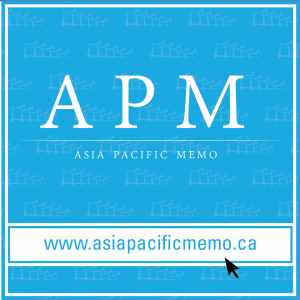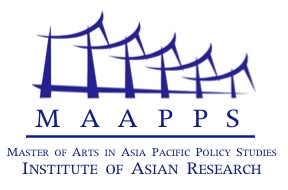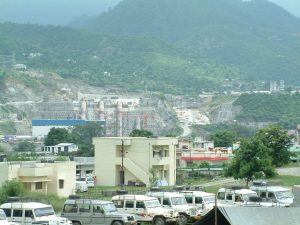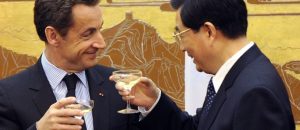「フィンランド教育ブーム」再考
Memo #132 – 2000年以来、3年毎に実施されているOECDの国際的な学習到達度調査(以下PISA)において好成績を収めたフィンランドは、優れた教育改革のモデルとして世界中の教育関係者の注目を集めている。毎年数千人もの海外教育関係者がこの北欧の小国を訪れており、東アジアからも多くの人々がそのPISA成功の「秘訣」を探りに、「フィンランド詣で」を敢行している。
Government Policy in East Asia’s Digital Economy (Video Interview with Dr. Ken Coates) (Part 2/2)
Memo #130 – Government policies have played a crucial role in the development of the digital economy in East Asia. Japan’s investments in the sector go back to the 1960s and 1970s, with many of the early efforts laying the foundation for the subsequent success of Sony, Panasonic, and Toshiba. Taiwan’s formidable “triple-helix” of government, business, and universities bore fruit in the emergence of the impressive “Taiwan Inside” effort to expand computer manufacturing. Korea’s government invested heavily in digital infrastructure, making the country the most wired in the world. China’s extensive innovation investments in everything from computer hardware to a network of animation studios have produced a great deal of research and commercial activity in the sector.
East Asia’s Digital Economy (Video Interview with Dr. Ken Coates) (Part 1/2)
Memo #125 – Over the last quarter century, East Asia has played a dominant role in the digital economy. Taiwan, China, Korea, and Japan host many leading digital manufacturing firms. They exert enormous control over everything from video game consoles and cell phones to netbook computers and digital automotive control systems. As the digital economy grew in size and importance, so has East Asia’s presence in the digital space.
Asia Pacific Policy Studies (Special Edition)
Memo #124 – Our Master of Arts Asia Pacific Policy Studies (MAAPPS) is a boutique program offering training focused on the Asia Pacific to prepare graduates for professional careers in policy-analysis and policy-making. MAAPPS gives you the opportunity to focus on topics ranging from international relations and Asia’s place in the world, to human security and human rights, governance, international development and more. MAAPPS is an innovative and flexible program that can be tailored to suit you and your goals.
The Disappearing Rivers of India
Memo #120 – The vital rivers of the state of Uttarakhand in northwestern India may soon disappear. A multitude of feeder streams and tributaries that run through the state carve tight passages through steep mountains before joining the sacred river Ganga (Ganges). Ancient and contemporary Hindu traditions are steeped in worship of these tributary rivers, and their sacred confluences are named “prayags”. But Uttarakhand is part of a frantic push across India, Pakistan, Nepal, Bhutan, and China to harness the rivers of the Himalayas for hydroelectric power.[1] This movement threatens to alter entire river systems in an unprecedented way.
A New Japanese Voice at the G20
Memo #118 – The G20 Summit in Cannes just finished after a breathtaking Kalamatianós around global institutional reform and commitments. In this process, what was Japan’s role?
At G20: China a Balancer Between US and EU
Memo #116 – The G20 Summit in Cannes, from November 3 to 4, 2011, is possibly the last chance to prevent the beginning of a serious global financial meltdown. It’s a critical moment of confrontation between different blueprints on the future of global economic governance.
G20 and the Five Asian Powers
Memo #115 – In the midst of the great uncertainties of the Euro crisis and great volatility in global financial markets, the G20 Summit in Cannes, happening from November 3 to 4, 2011, is taking place at a critical time. Markets expect more coordination and more governance, although there are large gaps between US and EU interests. Strikingly, Asia owns five of the 20 seats in the G20 (China, India, Japan, Korea, and Indonesia) and is in a pivotal position. But will the five Asian powers coordinate their positions?
Water Conservation on the Tibetan Plateau
Memo #112 – China’s most pressing water issues may not be its maritime claims in the South China Sea but matters of freshwater security. For many analysts, China’s domestic and international water security begins and ends with waters of the Tibetan Plateau. And the picture they paint is, to say the least, bleak. Unfortunately this ignores many grassroots and local water conservation efforts in western China.







